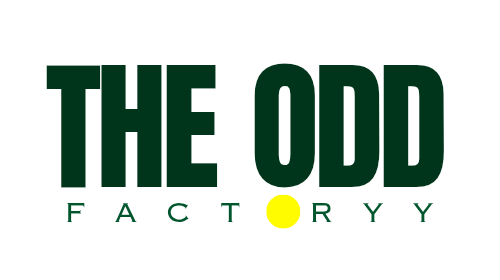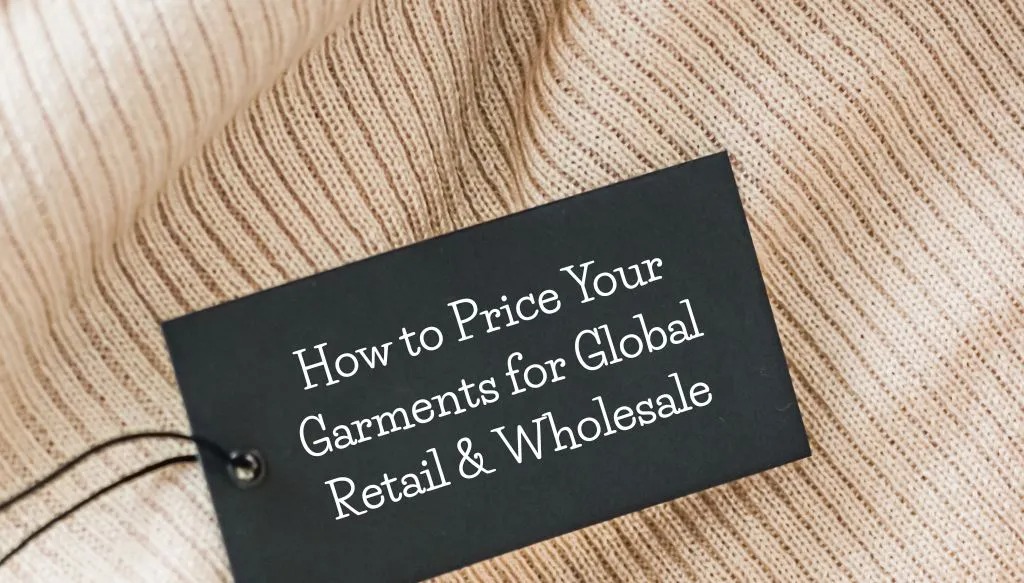Launching your own clothing line is a creative thrill, but pricing your garments for global retail and wholesale is where the real business begins. Whether you’re wondering “how do I start a clothing brand” or you’re already working with custom clothing manufacturers in London or sustainable clothing manufacturers in Mumbai, setting the right price determines how your collection performs on the global stage.
At The ODD Factory, we help emerging designers and fashion startups navigate everything from design to production to pricing. In this blog, we break down how to price your garments in a way that is competitive, profitable, and scalable across international markets.
1. Understand Your Costs: The Foundation of Pricing
The first step is understanding exactly how much it costs to produce a garment. These costs fall into two main categories:
a. Direct Costs (Cost of Goods Sold – COGS):
- Fabric & trims
- Labor and stitching
- Sampling costs
- Printing, dyeing, and finishing
- Labels, tags, and packaging
b. Indirect Costs:
- Shipping and customs duties
- Warehousing
- Marketing and branding
- Website and transaction costs
- Taxes and fees
Working with transparent clothing manufacturers for startups in London or the best garment manufacturers in India can give you an accurate breakdown of these costs from the beginning.
2. Markup for Wholesale vs. Retail
Once you have your total cost per garment, you need to apply markups depending on whether you’re selling wholesale or retail.
Wholesale Price
Typically, your wholesale price = 2x to 2.5x your total cost.
This allows retailers to apply their own markup while you still make a profit. Wholesale clients expect consistency, fast turnaround, and sometimes customization, so make sure your pricing reflects that.
Retail Price
Retail price = 4x to 6x your total cost, depending on your brand positioning.
Luxury brands, for example, often have higher markups to account for brand equity and exclusivity. If you’re wondering “how to start a luxury clothing brand”, understand that premium pricing must be backed by exceptional quality, branding, and customer experience.
3. Know Your Market: Global Price Sensitivity
Pricing for a fashion line that sells globally means being aware of regional differences in purchasing power and retail psychology.
- In Europe, craftsmanship and sustainable sourcing allow for higher price points.
- In the U.S., customers look for competitive pricing and clear value.
- In India, transparency and quality are becoming more valued, especially when buying from sustainable clothing suppliers in Mumbai.
Use platforms like Google Trends, Shopify analytics, or market reports to benchmark what similar products are selling for in your target markets.
4. Position Your Brand: Are You Budget, Mid-Range, or Luxury?
Your pricing should be consistent with your brand story. If you’re asking “how to make your own clothing brand,” define whether you’re:
- Budget– Affordable fashion, high volume, lower margin
- Mid-Range– Quality-focused, trend-driven, accessible
- Luxury– Limited quantities, high craftsmanship, elevated experience
Remember: A luxury brand can’t justify low pricing. Likewise, a budget brand cannot afford high-end materials or slow production timelines.
5. Account for Sustainable Production
Today’s fashion buyers – retailers and consumers alike – are increasingly conscious of sustainability. If you’re working with sustainable clothing manufacturers in Mumbai or using eco-certified fabrics, your pricing should reflect these value additions.
Be transparent about:
- Ethical wages
- Recycled/upcycled materials
- Low-impact dyes or processes
Consumers are often willing to pay more when they understand the “why” behind the price. Use storytelling to communicate the value of sustainability in your product tags, website, and packaging.
6. Consider Small Batch vs. Mass Production
For fashion startups doing smaller runs, your cost per unit will be higher. However, this also allows for more exclusivity and control. At The ODD Factory, we specialize in small-batch production for brands just figuring out how to start a clothing brand. We work closely with startups in London, Mumbai, and beyond to ensure quality and scalability.
If you’re working with custom clothing manufacturers in London, they may offer lower MOQs (minimum order quantities) at slightly higher prices, ideal for early-stage testing before going global.
7. Don’t Forget to Factor in Retail Partnerships and Logistics
When selling globally, don’t forget:
- Currency exchange fluctuations
- Customs duties and taxes
- Platform fees (e.g., Shopify, Etsy, Amazon)
- Retailer margins (if stocking in boutiques or department stores)
Pricing should give you enough buffer to handle these variables without dipping into profit margins.
Final Thoughts
Pricing your garments correctly isn’t just about math – it’s about strategy. The right price reflects your cost, values, brand story, and market positioning. Whether you’re working with the best garment manufacturers in India or building your line with clothing manufacturers for startups in London, a well-priced garment builds trust, drives sales, and scales your fashion business globally.
At The ODD Factory, we don’t just manufacture – we partner with you to build a brand that lasts. From sustainability consulting to production pricing to tech pack creation, we’re your go-to partner in fashion growth.
Need help pricing your upcoming collection?
Get in touch with The ODD Factory, your global partner in conscious fashion manufacturing and brand-building.



